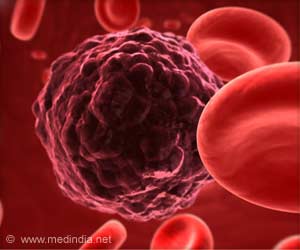A potential strategy to treat Rett syndrome by increasing expression of functional protein by reactivating the inactive X chromosome.

‘The dual-modality approach combined treatment increased MECP2 expression from the inactive chromosome up to 30,000-fold in mouse cell lines.’





Lee adds, "The approach described in our work takes advantage of the fact that every patient carries a cure within her own cells. But that cure is locked up by a life-long process called X-chromosome inactivation. Our goal has been to unlock the inactive X and restore expression of the good gene copy." Females carry two copies of the X chromosome, but within each cell only one copy is active, the other being silenced by an RNA molecule called Xist. Which copy remains active in which cell is randomly determined during embryonic development. While some X-linked disorders only produce symptoms in males, who carry a single X chromosome, females can be affected if a mutation is in a dominant gene on the active X chromosome.
Rett syndrome
The mutation leading to Rett syndrome affects the X chromosome gene for a protein called MECP2, which is essential for normal neuronal development. While males carrying this mutation die before or soon after birth, females appear normal for the first year of life. But their physical and cognitive development slows and then regresses, leading to a constellation of symptoms Carrette describes as "resembling a combination of autism, cerebral palsy, Parkinson's, epilepsy and anxiety disorder." While females with Rett syndrome can survive into their 50s, they require round-the-clock care and assistance. The condition is the second only to Down syndrome as the most common cause of severe intellectual disability in females.
Reactivating the healthy X
Advertisement
Since earlier work by the MGH team found that mice lacking Xist expression in their blood developed cancer, Carrette and her colleagues investigated the potential toxicity of suppressing Xist in the brain only. Female mice without Xist expression in the brain appeared to be healthy, with a small and variable reactivation of the dormant X chromosome. But treating those animals with Aza led to significant levels of reactivation. Since long-term Aza treatment is known to be toxic, the animals were treated only three times over a period of a week, which produced no toxic effects.
Advertisement
Reactivation drugs
Carrette adds, "Antisense oligonucleotide drugs are very selective since they must precisely match their target RNA molecule, reducing the chance for off-target effects, and since Xist has a very specific role in X inactivation, no other cellular processes should be disturbed. The methylation inhibitor Aza is less selective, but the synergy produced in combination with the Xist antisense drug allows us to use relatively low doses, making this combination a feasible option."
Source-Eurekalert












